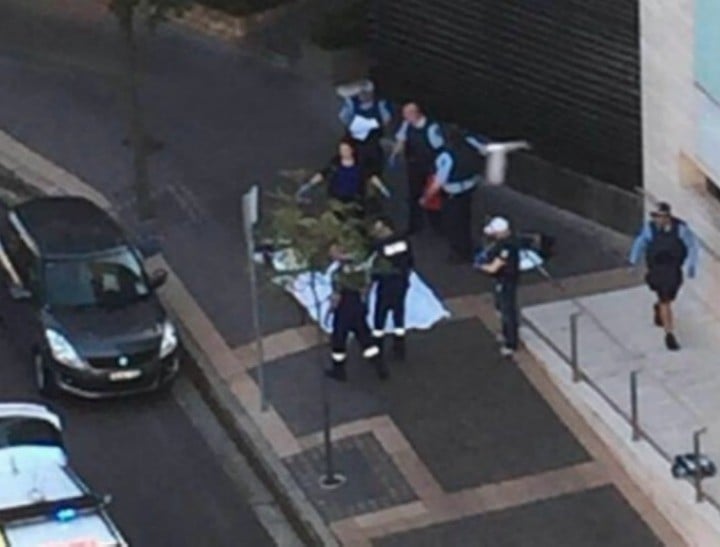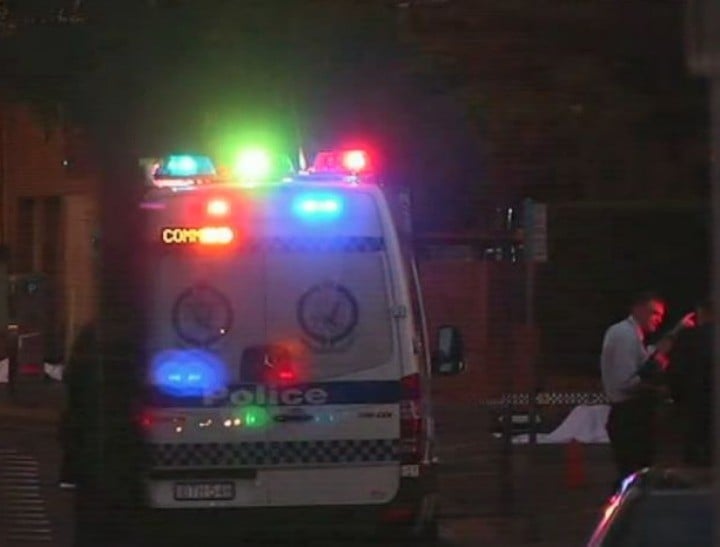
Last night I sat around a dinner table catching up with four of my adult cousins.
We are all in our 30s now and these catch-ups are far too rare. When we were young, we spent many school holidays togethers, most often at our Aunt and Uncle’s property, and the stories and anecdotes from those holidays go for days and days and days.
When we catch up our conversation inevitably turns to this material, and no matter how many times we have retold or relived the stories, we laugh. With disbelief, nostalgia and amazement we laugh about the silly things we did.
We could all be described, quite reasonably, as respectable citizens and there was nothing particularly outlandish about what we got up to. But we were young. And we did some silly things. We got into trouble. We did stuff our parents didn’t – and still don’t – know about.
And I suspect this makes us just like what 98% of the population are like as teenagers. As teenagers, we are not at the peak of our faculties. Our judgement isn’t necessarily tightly honed. Our grasp of responsibility isn’t fully developed. And that is why we laugh now reflecting on the silly things our younger selves did. As adults, with the benefit of hindsight, it is funny to reflect on how deliciously foolish we once were.
Being foolish is the domain of the young. And while there is a gigantic chasm between being foolish and engaging in violent criminal acts, how can we dismiss youth from any discussion about disenfranchised teenagers?





























































































